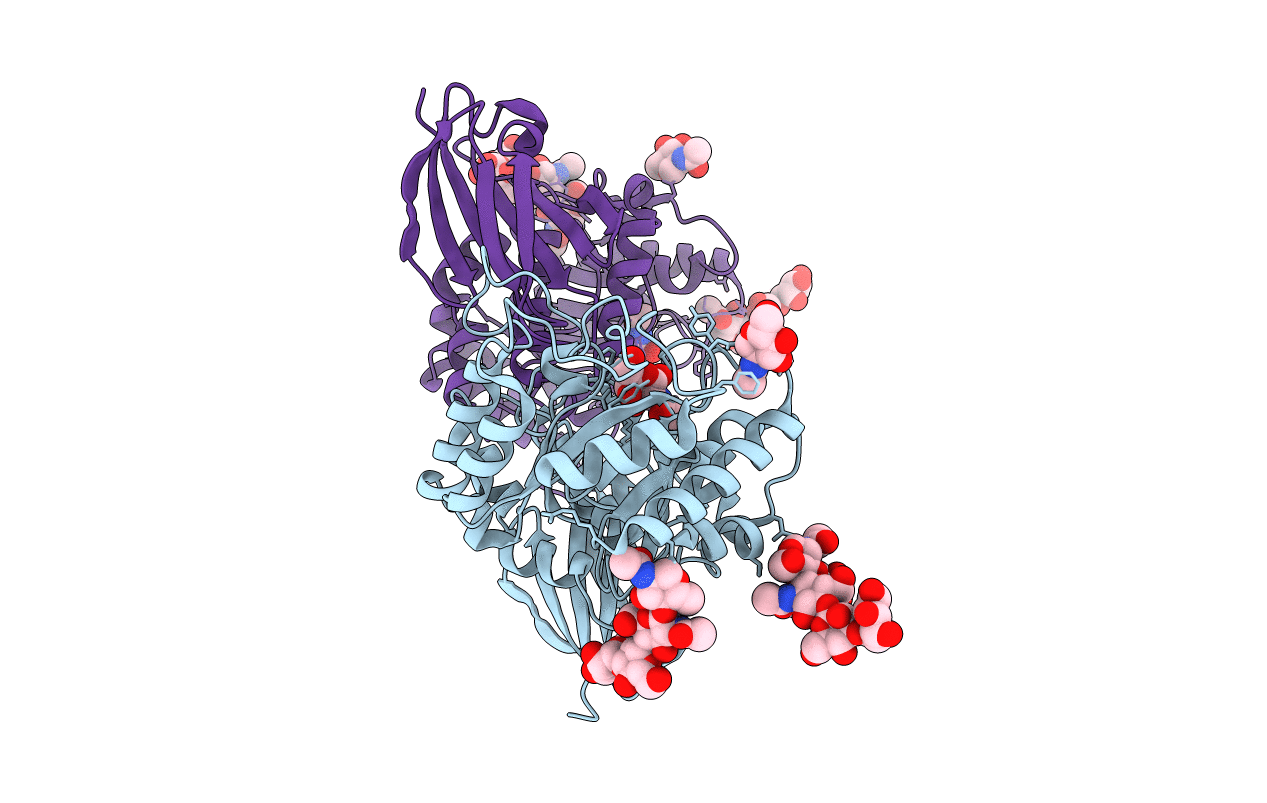
Deposition Date
2010-02-25
Release Date
2010-05-05
Last Version Date
2024-11-20
Method Details:
Experimental Method:
Resolution:
2.04 Å
R-Value Free:
0.21
R-Value Work:
0.17
R-Value Observed:
0.17
Space Group:
C 2 2 21


